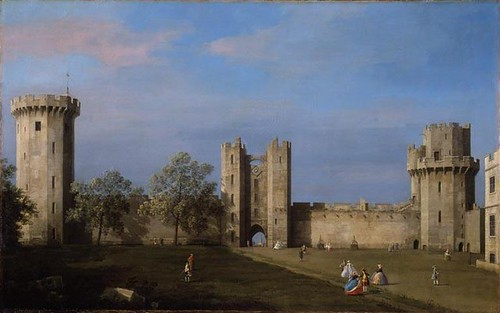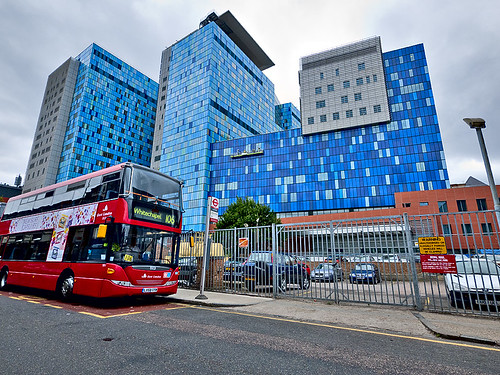 Reem Al Faysal, HajjImage 1 of 6
Reem Al Faysal, HajjImage 1 of 6
This exhibition charts the history of the Hajj, the pilgrimage to Mecca that all Muslims are required to make at least once in their lifetime, if able. It continues the series of large-scale exhibitions at the Museum based around spiritual journeys, which began with The Ancient Egyptian Book of the Dead and continued with Treasures of Heaven.
Topics include the material culture associated with the pilgrimage, the journeys and main routes by land and sea, Mecca itself and the rituals of the Hajj.
Curator Venetia Porter, writing in the Winter edition of Art Quarterly magazine, sums up the challenge in mounting such an exhibition: 'It was harder to begin to construct a narrative and select the objects than I had originally thought. How could one even begin to convey the vastness of it – people coming from everywhere and across time, the physical context of their journey, the rugged terrain, the very spirituality of it? ... It is often said that the Hajj is key to the understanding of Islam. The ambition is that this exhibition will introduce the subject to those who are intrigued to learn about it. We hope that Muslims who know it better than anyone will feel at ease with what they see.'
Don't miss
The tradition of covering the Ka'ba in textiles has left a rich artistic legacy, and in the section relating to Mecca examples are displayed alongside manuscripts, historic and modern photographs, pilgrimage certificates and souvenirs. Conversely, the tradition of sending a tented structure (or Mahmal) along with the Sinai Peninsula–Red Sea pilgrimage caravan, started by the Mamluk Sultan Baybars in the 13th century, has left few surviving artefacts, and one of the many important loans from the Nasser D Khalili collection is a fine 19th-century example made of red silk with silver and silver-gilt wire embroidery.
Saudi artists represented include photographer Reem Al Faysal, Ahmed Mater, with his powerful work Magnetism, and Maha Malluh, with her photogram Road to Mecca. The Great Court and Reading Room will host the work of British artist Idris Khan, whose father's Hajj would inspire the artist's sculpture installation Seven Times.





































